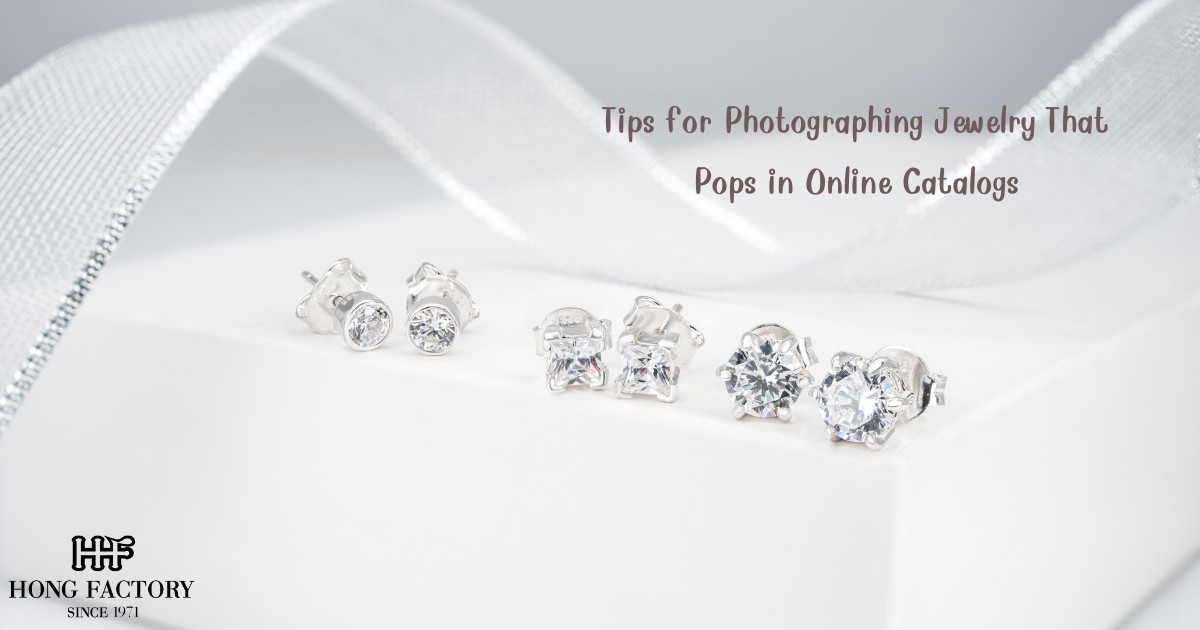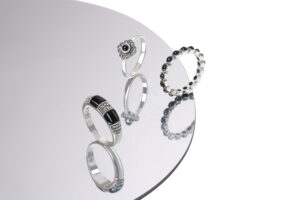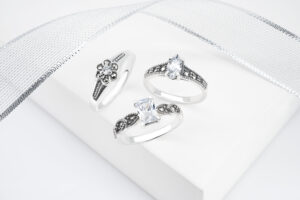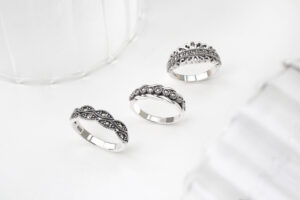
Tips for Photographing Jewelry That Pops in Online Catalogs
- by admin
In the digital-first world of jewelry retail, the quality of your product photography can make or break a sale. Whether you sell through your own website, marketplaces, or wholesale platforms, high-impact images are essential for showcasing the detail, texture, and brilliance of each piece.
Unlike clothing or decor, jewelry is small, reflective, and often intricate making it one of the most challenging product categories to photograph well. But with the right techniques, you can create visuals that stop the scroll, build trust, and drive conversions. Here are expert tips for photographing jewelry that truly pops in online catalogs.
Tips for Photographing Jewelry That Pops in Online Catalogs

1. Start with Clean, Polished Pieces
Before you even pick up the camera, make sure your subject is flawless.
Checklist:
- Clean with a microfiber cloth to remove smudges or dust
- Use a soft brush and gentle soap for stubborn residue
- Avoid fingerprints during handling use gloves if needed
Pro Tip: Under lighting, imperfections like dust or fingerprints become more visible than in real life.
2. Use Proper Lighting Soft and Controlled
Lighting can make or break your jewelry images.
Best Practices:
- Use soft, diffused light to avoid harsh reflections and overexposure
- Light tents or softboxes help eliminate shadows and distribute light evenly
- Avoid using direct flash
For Sparkle: Use small accent lights or reflectors to highlight gemstones without creating glare.
3. Choose the Right Background
Backgrounds should complement not compete with your product.
Options:
- Pure white for clean, e-commerce-ready shots
- Neutral tones like grey, beige, or blush for editorial-style visuals
- Natural textures (linen, stone, wood) for lifestyle appeal
Avoid: Busy patterns, overly colorful props, or glossy surfaces that reflect too much light.
4. Stabilize Your Camera for Sharpness
Jewelry needs to appear crisp and detailed.
Tools:
- Use a DSLR or mirrorless camera with macro lens for close-up clarity
- Stabilize with a tripod to avoid blur
- Use a remote shutter or timer to prevent camera shake
If Using a Phone: Use manual or pro mode, lock focus, and adjust exposure before shooting.
5. Use Reflectors and Bounce Cards Strategically
Jewelry has curves and angles that need controlled highlights.
How to Use:
- White cards to fill in shadows
- Silver or gold reflectors to warm up metal tones
- Black cards to define edges (especially helpful with clear stones like diamonds)
DIY Option: Use white foam boards or aluminum foil to create bounce cards on a budget.

6. Show Multiple Angles and Details
One image rarely tells the whole story especially online.
Include:
- Front view, angled shot, and macro close-up
- Side or back view to show clasps, hinges, or engravings
- Scale shot (on a model or next to a coin/ruler)
Result: Builds buyer confidence and reduces returns.
7. Include Lifestyle Shots for Context
In addition to catalog shots, lifestyle images help shoppers imagine the product in their own lives.
Examples:
- Model wearing earrings or rings in natural light
- Styled flat lays with minimal props (fabric, accessories, foliage)
- Jewelry shown with outfit pieces to inspire styling
Best Practice: Keep the focus on the product avoid overpowering backgrounds or clutter.
8. Edit with Precision, Not Excess
Editing enhances the quality of your images but should never misrepresent the product.
What to Adjust:
- Brightness and contrast
- White balance to match true metal tones
- Sharpness and dust removal
Avoid: Over-saturation, unrealistic glow effects, or altering stone color.
9. Consistency Is Key for Catalog Cohesion
Buyers appreciate a cohesive visual experience.
Tips:
- Use consistent lighting, background, and framing for all products
- Crop images to the same aspect ratio (square or vertical works well for mobile)
- Follow your brand guidelines for tone and mood
Consistency = professionalism and improved brand trust.
10. Optimize for Web and Mobile Viewing
Your photos need to look good on every screen.
Best Practices:
- Export high-res versions for zoom, but compress for fast loading
- Use alt text for SEO and accessibility
- Preview images on both desktop and mobile before publishing
Tip: For marketplaces or social commerce, ensure each thumbnail stands out even at small sizes.

Bonus: Use Video Loops or 360° Spins
Static images are powerful but motion can elevate your presentation.
Try:
- Short video clips showing sparkle and movement
- 360° product rotations for interactive viewing
- Behind-the-scenes clips of craftsmanship or styling
These build emotional engagement and help sell the “feel” of the piece.
Let the Jewelry Shine
The goal of great photography isn’t to make your jewelry look better than it is it’s to reveal its true beauty in a way the human eye can’t capture at first glance.
By mastering lighting, clarity, styling, and consistency, you’ll transform your jewelry images into sales tools that educate, inspire, and convert.
Because when your product photography shines, your collection speaks for itself loud, clear, and beautifully.
In the digital-first world of jewelry retail, the quality of your product photography can make or break a sale. Whether you sell through your own website, marketplaces, or wholesale platforms, high-impact images are essential for showcasing the detail, texture, and brilliance of each piece. Unlike clothing or decor, jewelry is small, reflective, and often intricate…